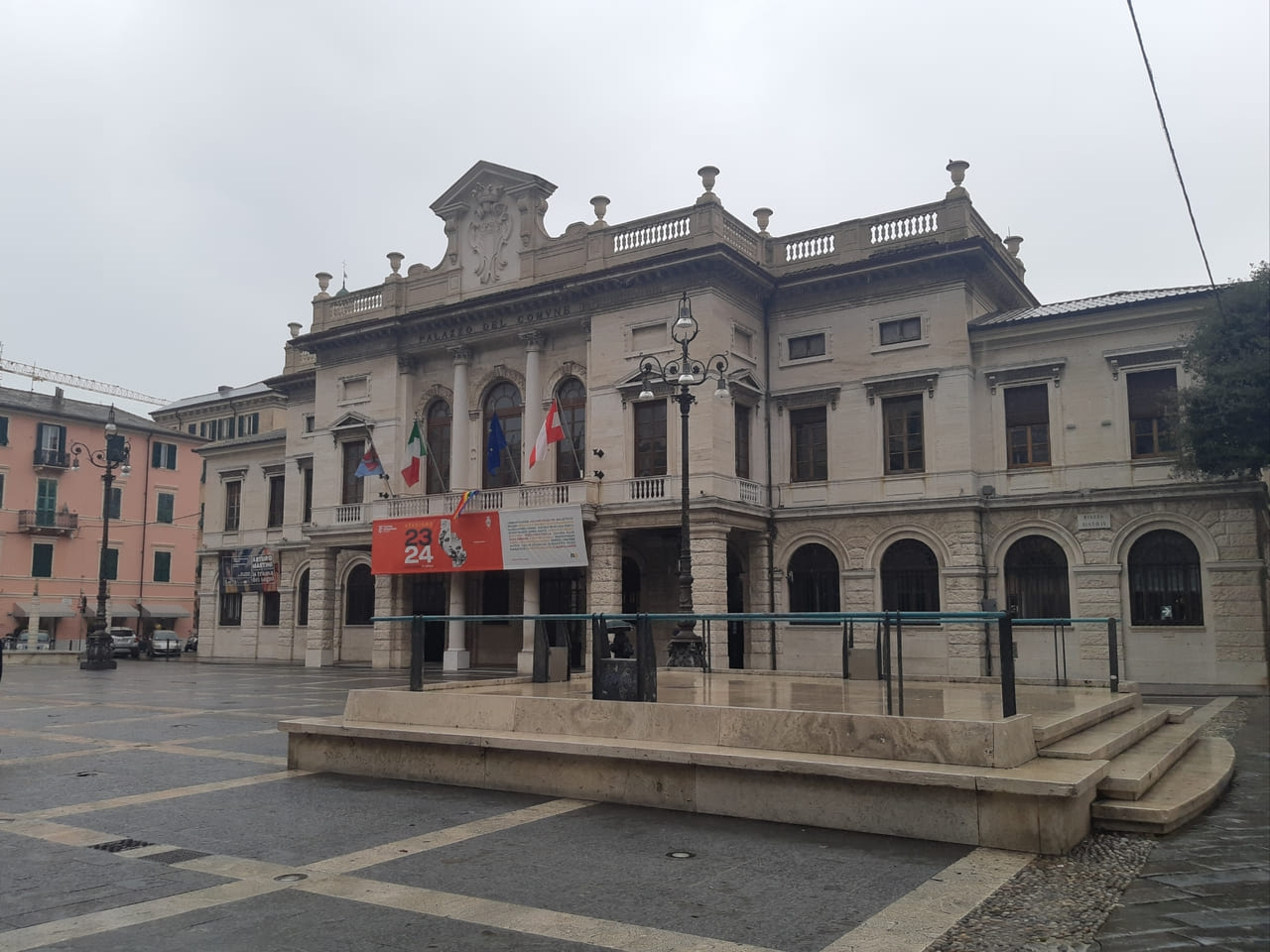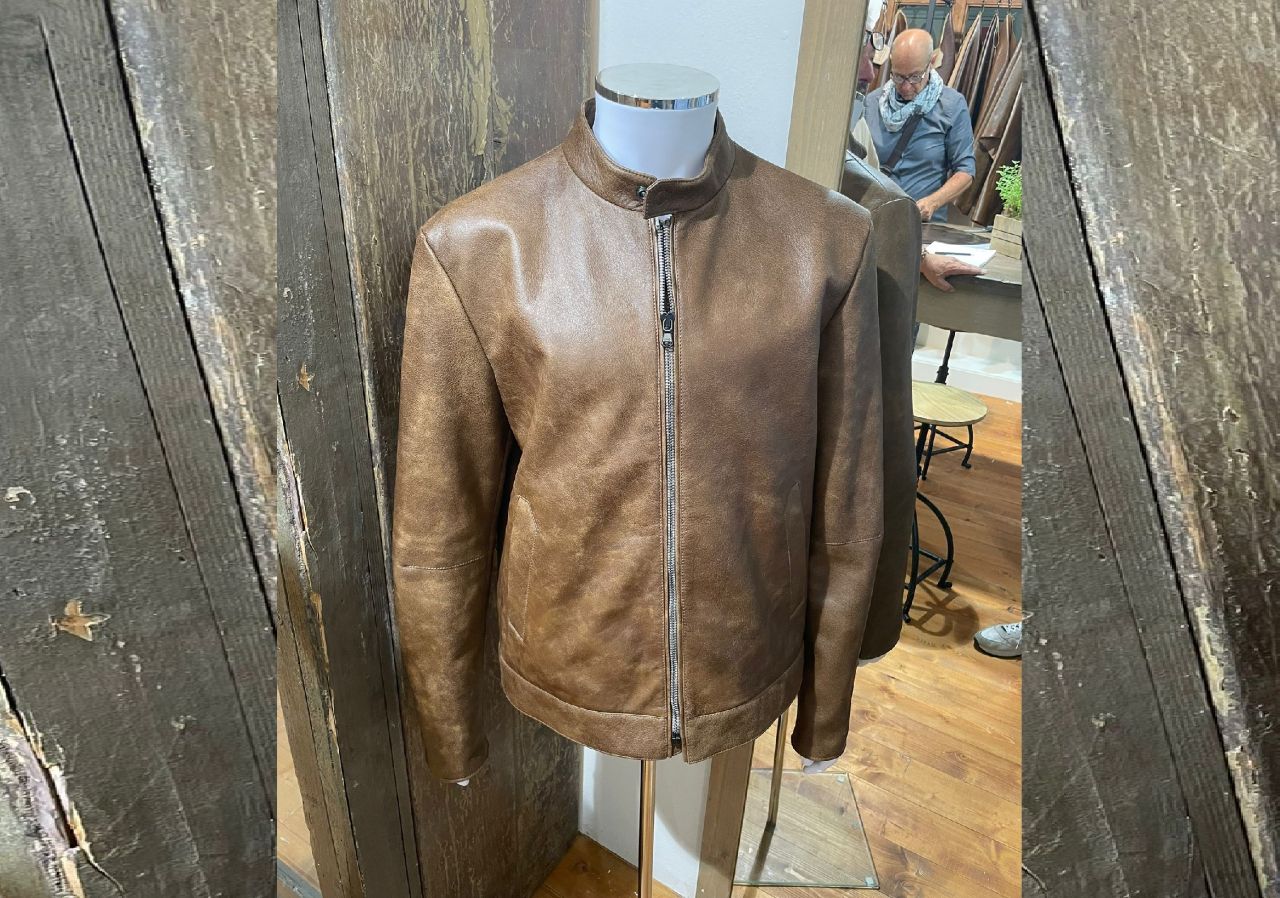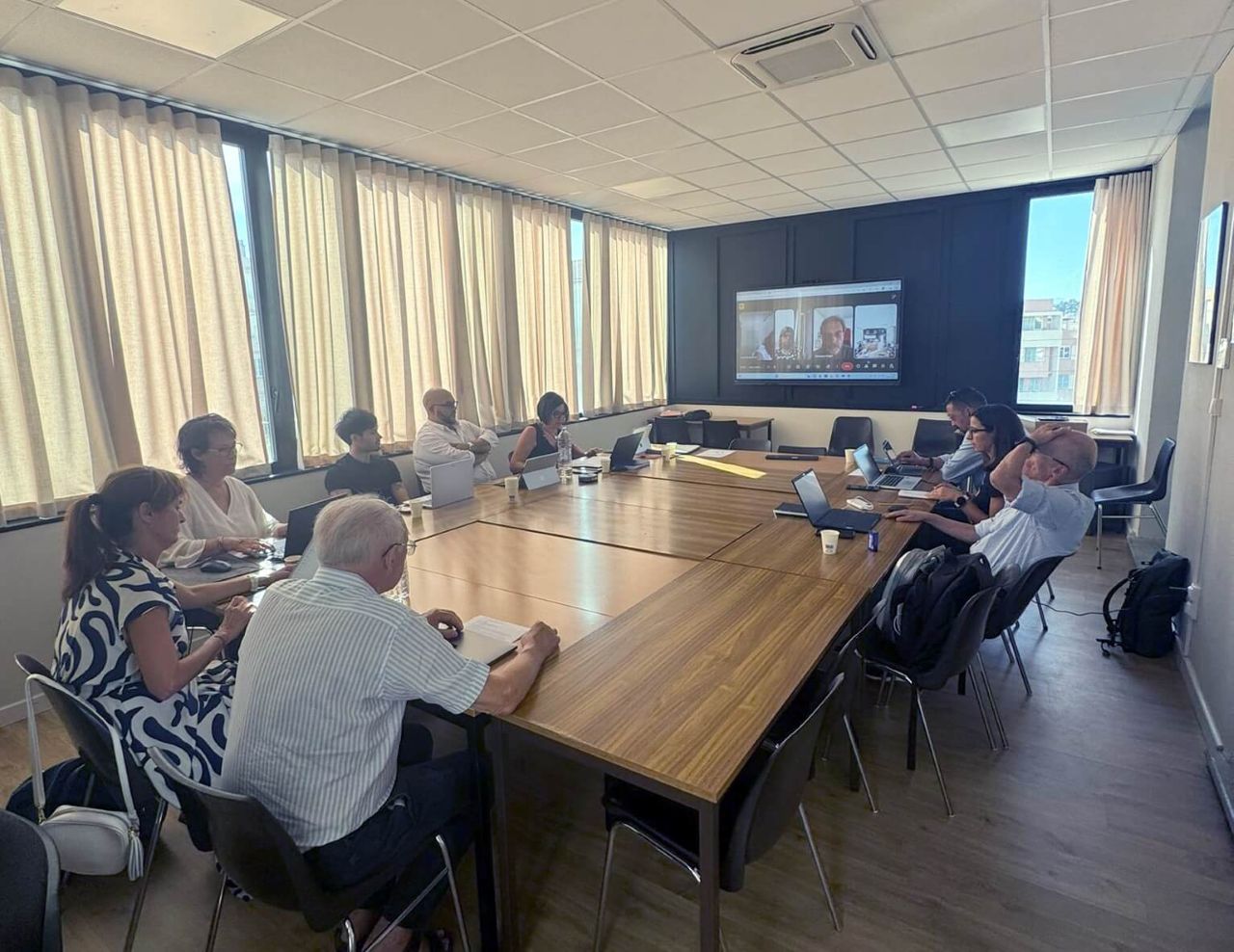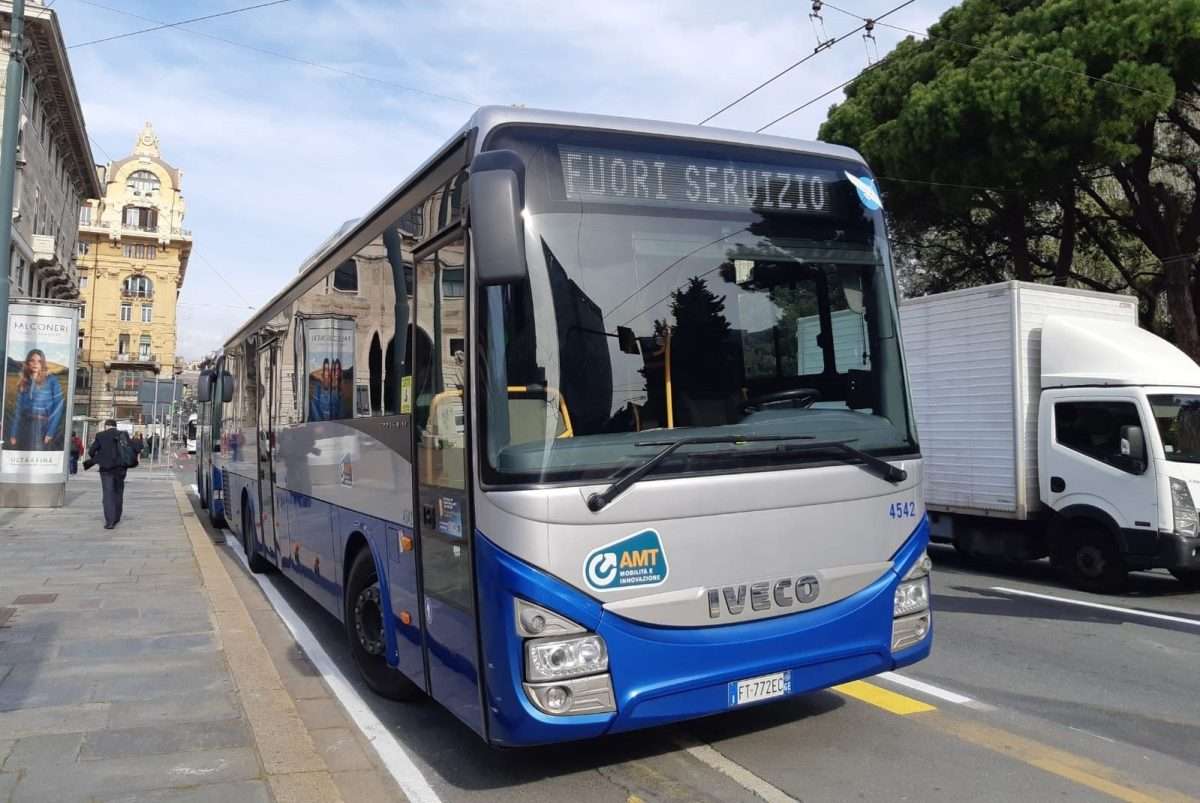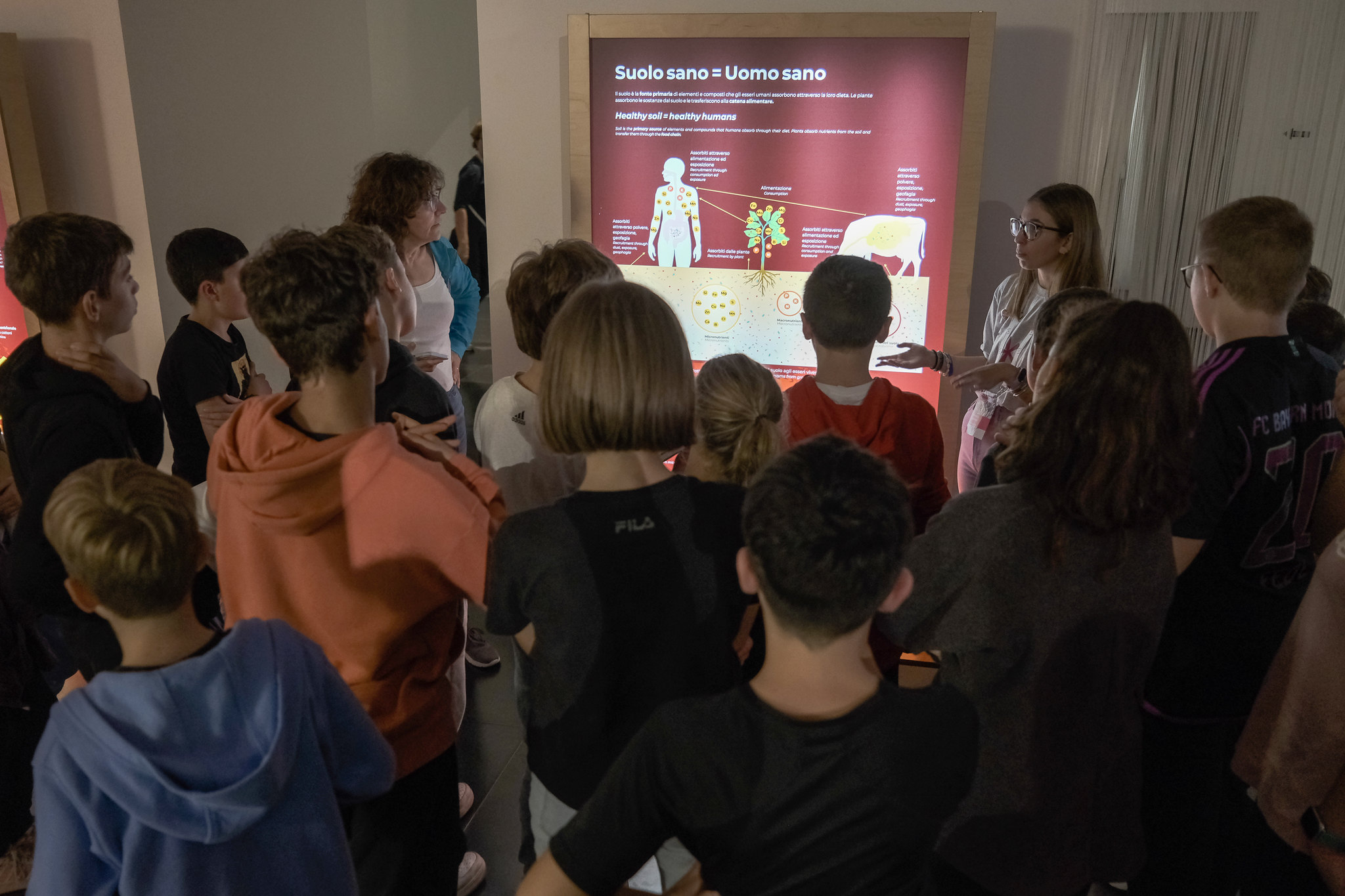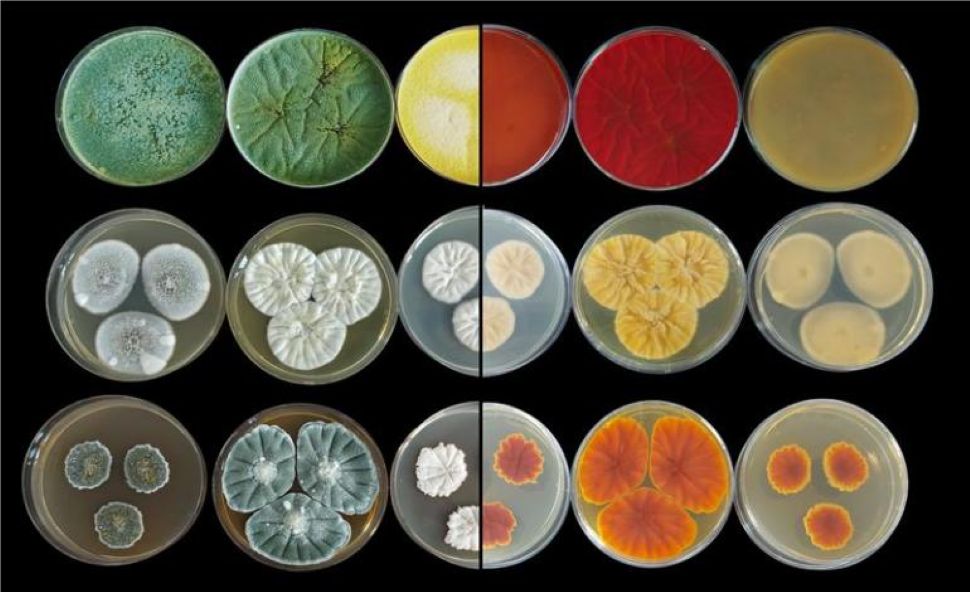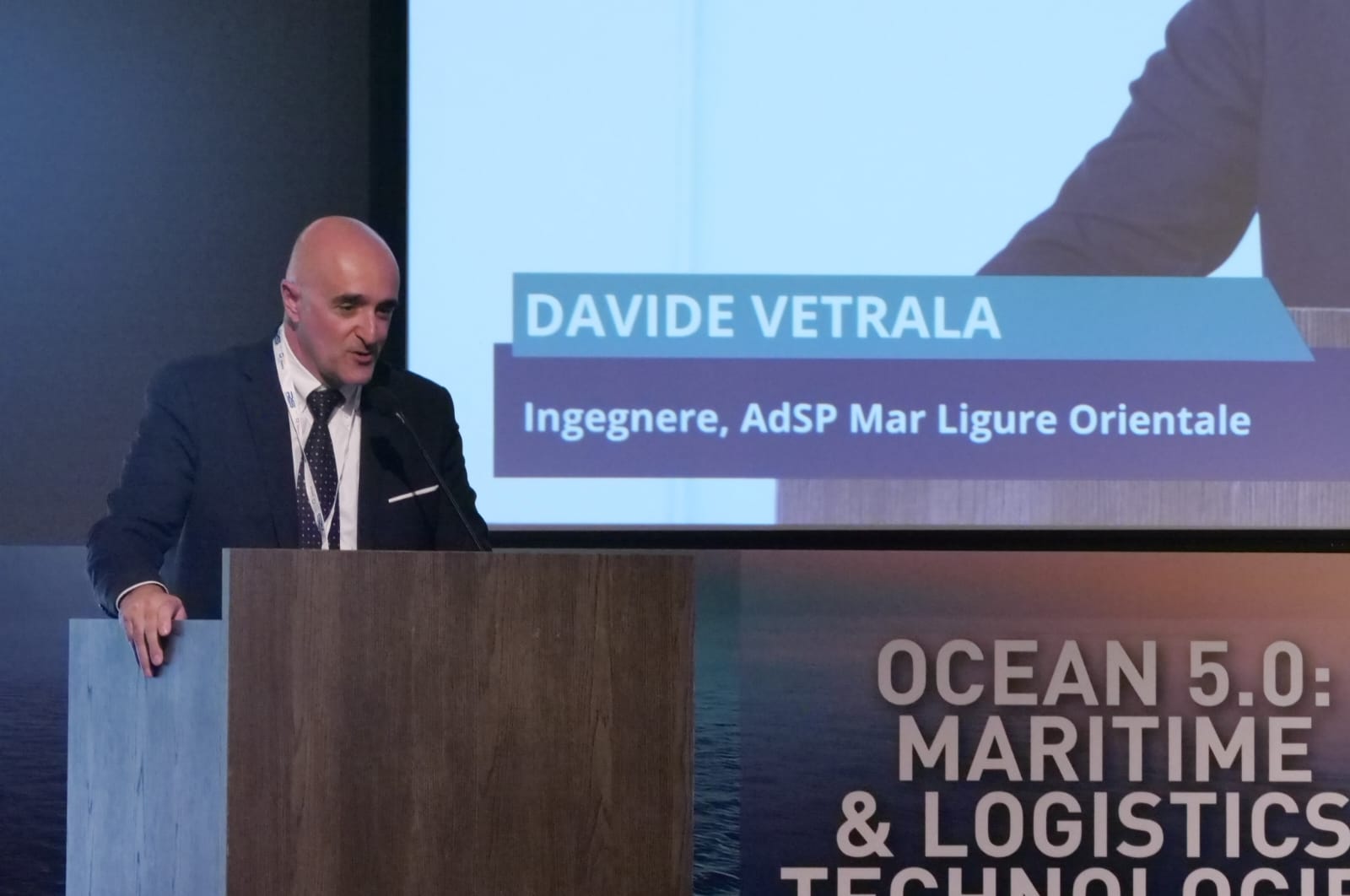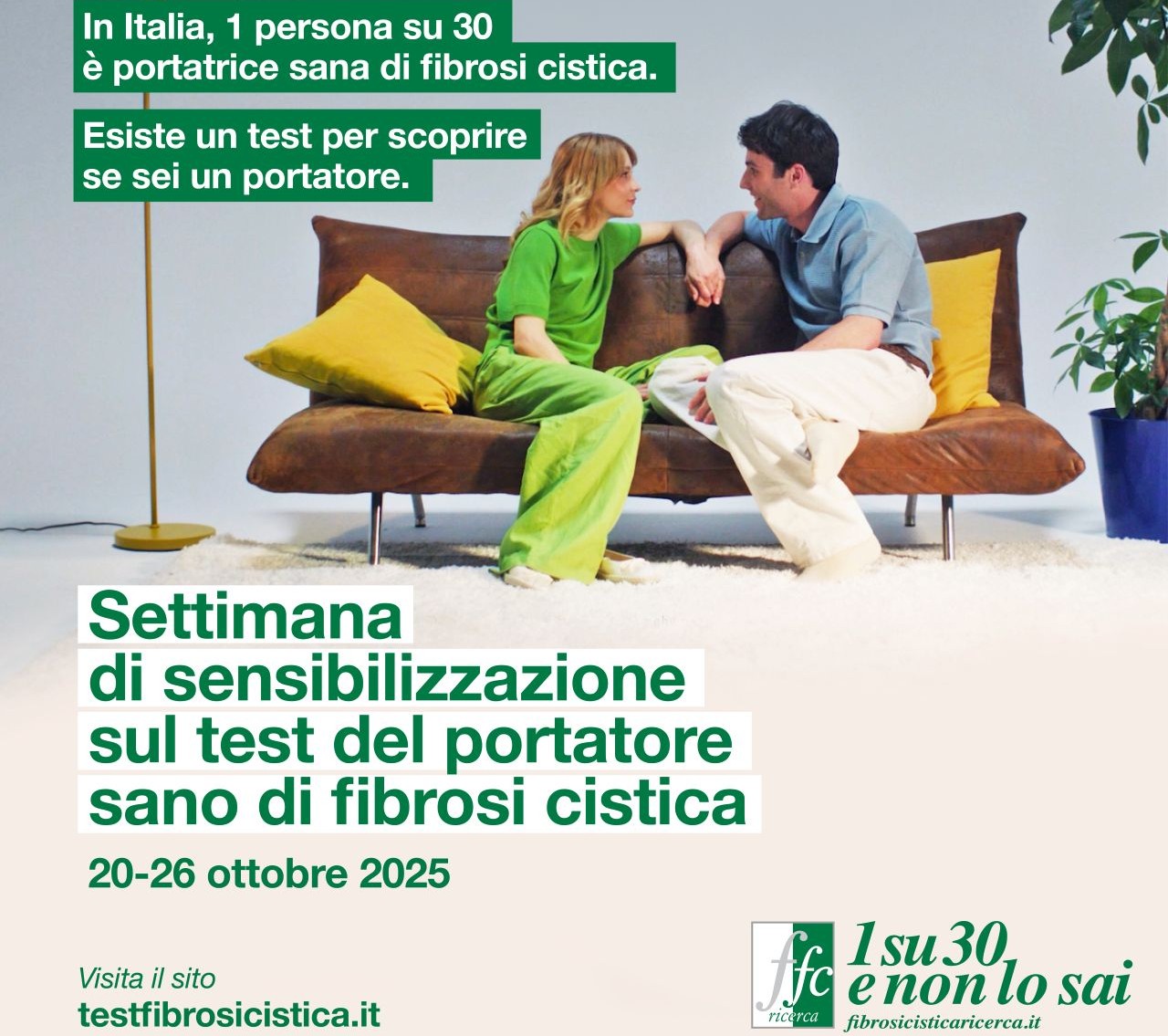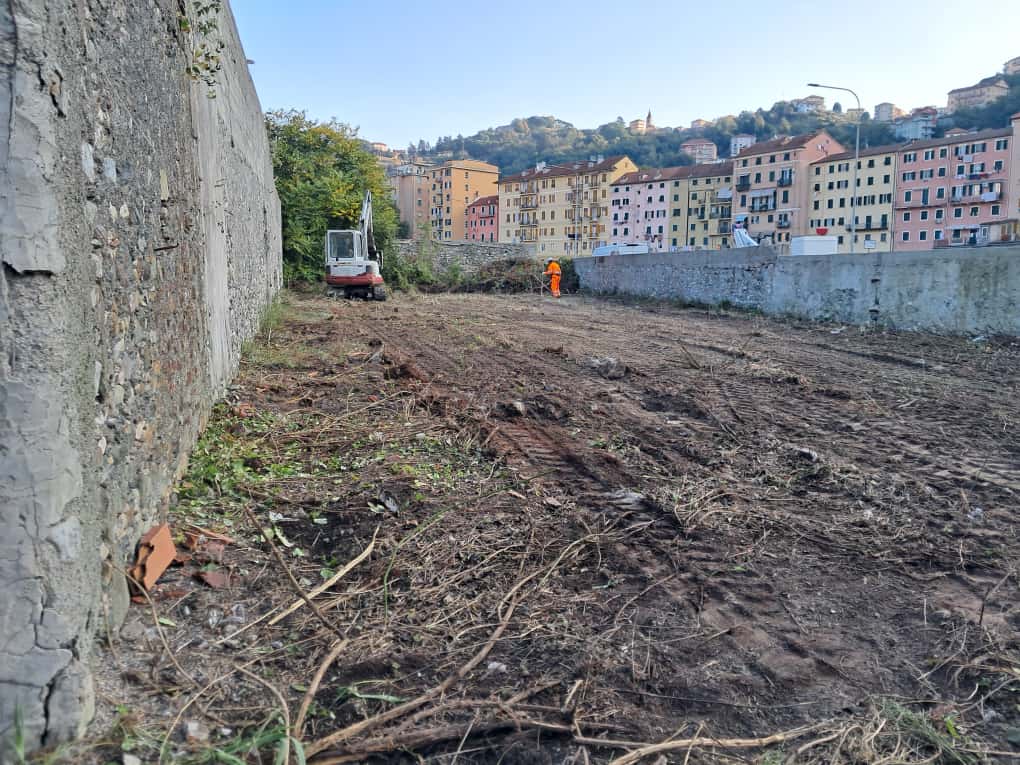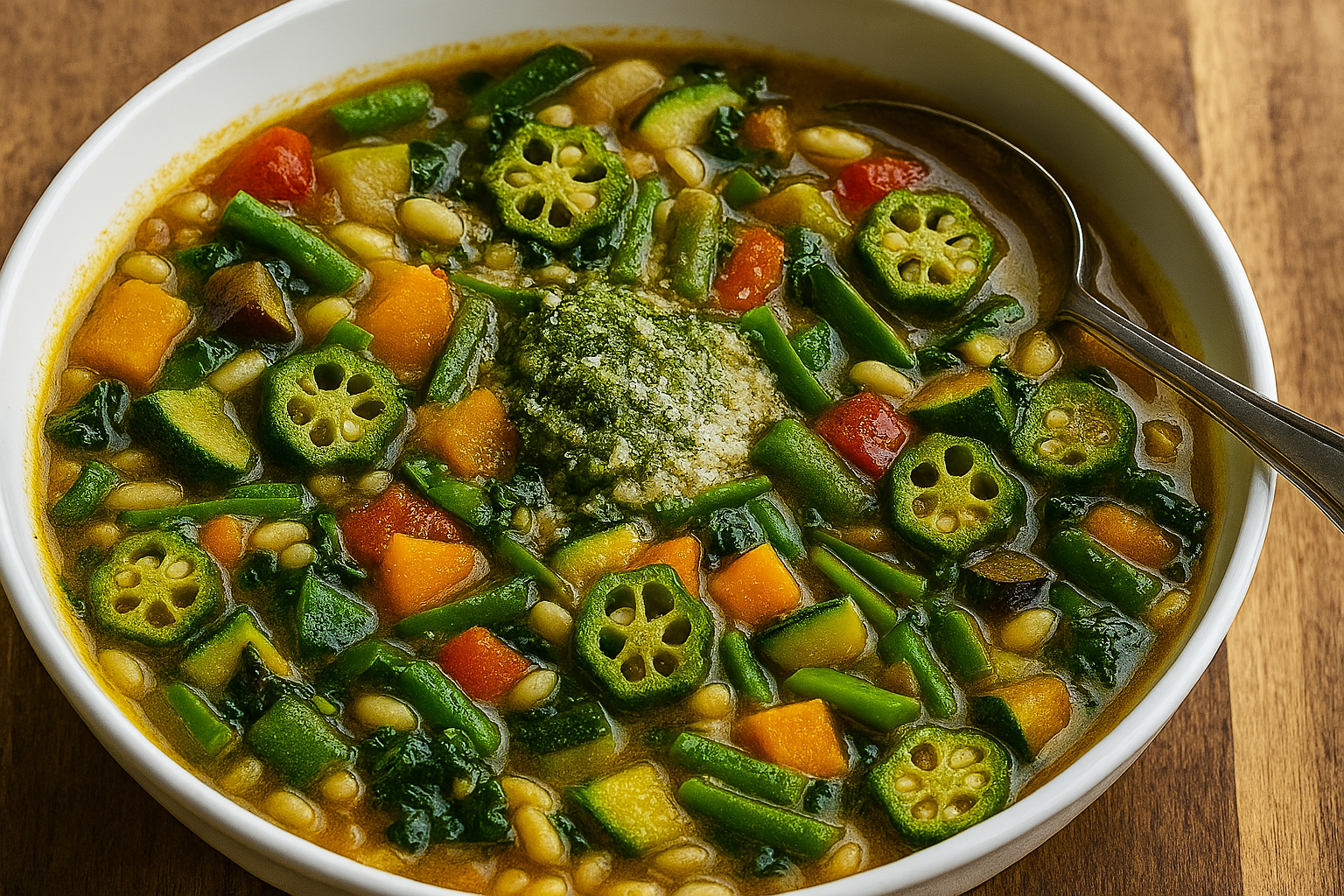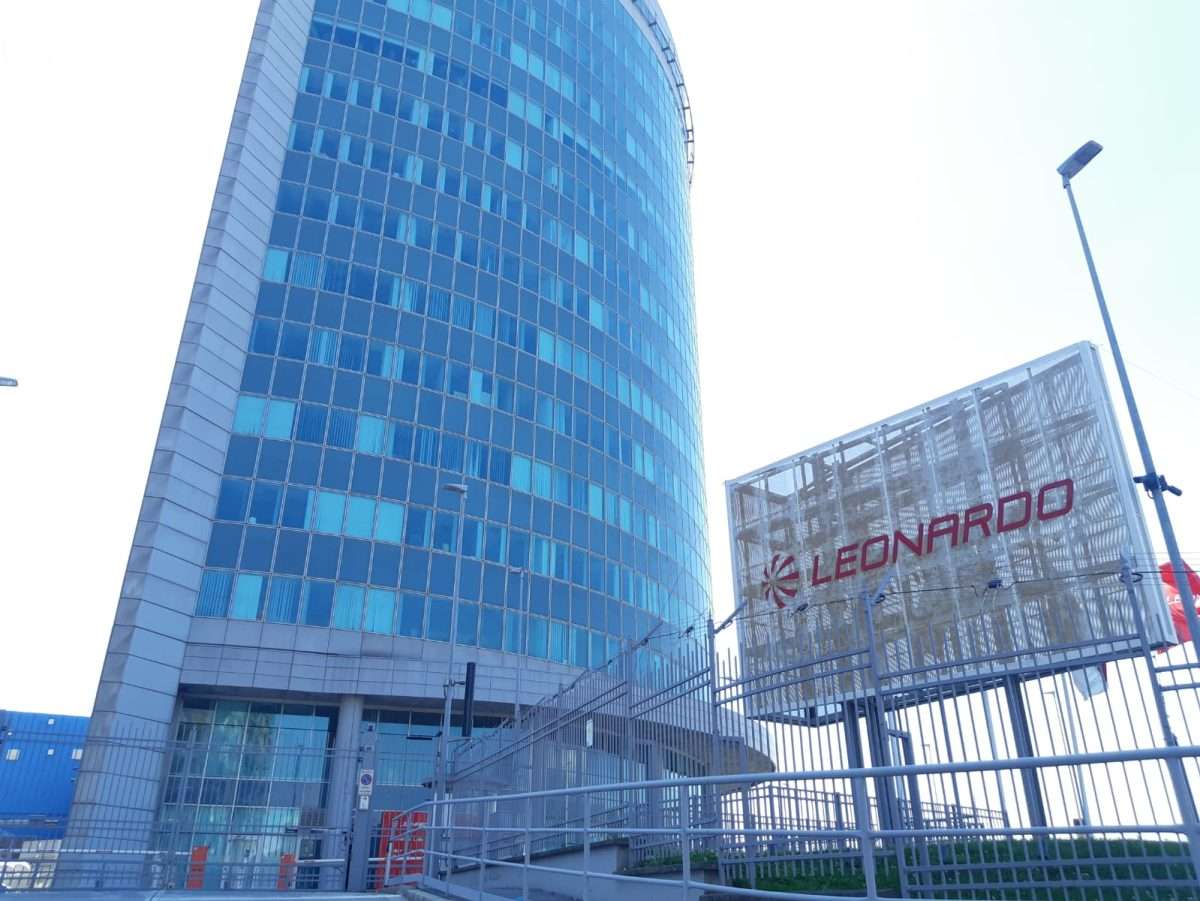
Overall the summer is probably the best season to enjoy Italy. Crystal clear sea, lovely walks emersed in nature’s green countryside, open-air events and activities going on in all its cities, as well as works of art which can be admired all year round by tourists. Liguria is a region that comprises all of the above in just a few kilometers and in particular during the summer months offers a variety of attractions that are unique in the Mediterranean.
Liguria is a destination famous for its various seaside resorts, it is characterised by the variety of its landscapes which are well worth discovering. In a short time you can go from the beach to an excursion on the mountains because one of the region’s unique characteristics, compared to the rest of Italy, is its uplands which descend in a sheer drop to the sea.

Some advice on the prettiest beaches to see? You can choose between large and small beaches, natural bays, coves and inlets: from the exclusive Paraggi (right next to Portofino) which is visited every summer by many of the world’s VIPs; the well-known Cinque Terre – fishing villages with UNESCO World Heritage recognition; Baia del Silenzio in Sestri Levante a natural amphitheatre on the east coast. On the west coast you will find many delightful beaches with fine sand like Alassio and the not to be missed Varigotti in Finale Ligure with its pastel colours and typical fishermens’ houses.
In 2015 Liguria was awarded the blue flag by the Fondazione per l’Educazione Ambientale – Foundation for Environmental Education (FEE) for the beaches in the east coast: Lavagna, Moneglia, Santa Margherita Ligure, Chiavari-Gli Scogli (Genova). On the west coast you have Bordighera, San Lorenzo al Mare, Santo Stefano al Mare, Taggia (Imperia), Framura, Lerici, Ameglia-Fiumaretta (La Spezia), Albisola Superiore, Borghetto Santo Spirito, Albissola Marina, Celle Ligure, Spotorno, Varazze, Finale Ligure, Noli, Savona-Fornaci, Loano, Pietra Ligure, Bergeggi (Savona).

Liguria is one of the areas in the Mediterrean with the most abundant tourist ports, which provide a good quantity of berthings and moorings as well as good services which have all contributed to the region obtaining the FEE’s blue flag. The tourist berthings granted with the FEE’s blue flag are: Chiavari-Marina di Chiavari, Rapallo-Porto Turistico Internazionale Carlo Riva (Genoa), San Lorenzo al Mare-Marina di San Lorenzo, Sanremo-Portosole, S.Stefano al Mare-Marina degli Aregai (Imperia), La Spezia-Porto Mirabello, Portovenere-Porticciolo di Portovenere, La Spezia-Porto Lotti (La Spezia), Alassio-Marina di Alassio, Loano-Marina di Loano, Varazze-Marina di Varazze, Celle Ligure-Cala Cravieu, Savona-Vecchia Darsena, Andora-Marina di Andora (Savona).

Genoa
At the centre of the region nestled between the two rivieras is Genoa, a great city of art that boasts the most extensive historical centre in Europe. A vast net of streets, alleys and squares whose construction started in the Middle Ages, buildings from successive centruries were commissioned by some of Europe’s richest families who financed royal residences that were as lavishness as their native palaces. Some of these palaces have been converted into museums where the works of artists like Van Dyck, Caravaggio, Rubens, Dürer, Veronese, Guercino, Strozzi, Grechetto, and many more are on display.
Not to mention the churches. The church of Saints Ambrose and Andrew, better known as the Chiesa di Gesù faces one of the city’s principal squares, Piazza Matteotti – another example in its own right of Genoese Baroque- the church is rich in masterpieces among which are two canvases by Rubens, “The Miracle of Saint Ignatius of Lojola”, ” The circumcision of Jesus” and L’Assunzione (The Assumption) by Guido Reni. However, the entire historic city abounds with churches that are architectual masterpieces from various histrorical periods – an ideal itinerary between faith and art would allow the tourist to visit the whole historical city.

A short distance from the chiesa di Gesù we can see the church of San Lorenzo, from 1007 AD the city’s cathedral. It has been restored over the centuries, built between 1100AD (the side walls and side entrances are from the Roman era) to late XIV century, (the Gothic side walls from the beggining of the XIII century, the columns with their capitals in the internal naves at the start of the XIV and lastly the bell tower and dome in the XVI century.
Together with the paintings and other precious objects, the Cathedral houses the treasure of San Lorenzo which includes the Sacro Catino – Holy Bowel. Nearby the Catherdral there is the Basilica della Santissima Annunziata del Vastato, the small treasures like the churches of San Pietro in Banchi and the church of San Matteo which on a smal square of the same name. The square provides a perfectly conserved Medieval backdrop. The churche’s façade is is in black and white striped marble conserving its original XIII century aspect while on the inside the three naves underwent a radical transformation in the XVI century. The crypt conserves the body of Andrea Doria, the great admiral. On the left of the building you will find a quadragular cloister characterised by small coupled columns from the fourteenth century.
Santa Maria di Castello is situated on one of the hills of the historical centre where the original city of Genoa first emerged. This church is among the city’s oldest, going back as far as the VII AD; the current building dates back to the XI century. The inside has three trussed naves and is characterised by two rows of Roman red granite columns. In 1442 the temple was entrusted to the Dominican frias who created the present day covent which conserves a number of important art works including the fresco dell’Annunciazione di Giusto d’Alemagna –The Announciation by Justus d’Alemanno.
One way of visiting Liguria could be to use the region’s capital as a base: Genoa is in the middle of the two rivieras and it offers innumerable and incomparable places of art, entertainment and evening events to enjoy.

The summer in Genoa is the season of festivals and big concerts, Mika will be performing on the 6 of July at the Fiera (Exhibition Hall) in piazzale Kennedy. The summer nights are energised by the music from some of the most exclusive nightclubs in Liguria which being close to the sea or right on the beach provide a unique atmosphere: in the Tigullio coast (east) among the most famous and long-standing we can find Carillon di Paraggi and the Covo di Nord-Est, in Santa Margherita Ligure. Along the west coast, l’Orizzonte di Varazze, with the beautiful pool and Golden Beach, at Albisola. Genoa’s most famous discoteque is Mako, in corso Italia, along the city’s main promenade.
Accommodation and Food
Quality and a warm welcome are all part of Liguria. There are numerous examples of hotels and restuarants certified with the Ospitalità Italiana Brand, synonim for exclusive accommodation, food and beverages.

For your stay in Liguria you can choose between hotels along the sea front to accommodation emersed in the green of the inland. Here are some suggestions from the “viaMichelin” to help you choose the most appropriate place to stay according to your needs and preferences.
Liguria’s cuisine is their pride and joy: typical dishes or revisited by a chef with stars, they are prepared with traditional high quality products and can be enjoyed in many restaurants and trattorias all over the area. Here are those reccommended by the Michelin Guide. The more typical and traditional trattorias in Genoa and the Golfo del Tigullio are labelled with the Genova Gourmet brand.



